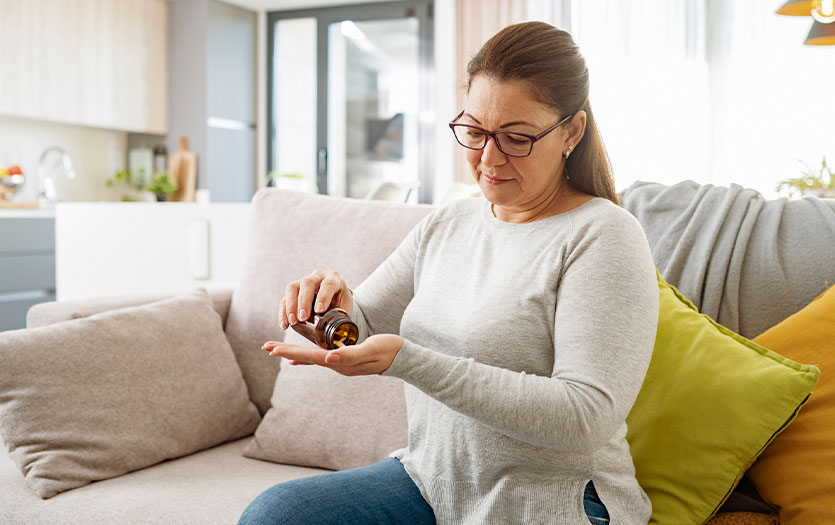
This post was written by Megan Kariger, MS, CCLS, DT, certified child life specialist, Parkview Health.
March is Child Life Month, a time when hospitals across the country celebrate and provide awareness about the Child Life profession. The Association of Child Life Professionals explains that, “Certified Child Life Specialists are educated and clinically trained in the developmental impact of illness and injury. Their role helps improve patient and family care, satisfaction and overall experience.”
There are only a few Certified Child Life Specialists (CCLS) that work within Parkview Health, but the techniques we utilize to help children cope with procedures can be implemented when we are not present, including when you take your child in for check-ups with their primary care provider, when you take them to the walk-in-clinics or at home. Our techniques help distract children during their procedure or discomfort, which allows them to focus on something positive and non-threatening.
Books
If your child has a favorite book, bring it along! We often utilize Look & Find books or books based on the child’s interests. We will ask kids to help us find certain objects or help us count the number of a specific animal or color they see on the page. Books also help normalize the healthcare environment, which can in turn decrease anxiety.
Deep breathing
Another simple technique to utilize is deep breathing. For young children, you can model deep breathing, but you can also ask them to pretend to blow out birthday candles or pretend to blow away the ouch. Prior to the pandemic, Child Life also utilized bubbles and pinwheels to encourage deep breathing. For older children, we will explain that deep breathing helps our bodies relax and be less tense, which makes it easier for our bodies to cope with the upcoming procedure.
Something to squeeze
For children, it can also be beneficial to have something to “transfer” their pain to. We will often utilize stress balls, squishy objects or even holding the child’s hand. This helps give them an outlet, but also is a great reminder that you are there to help support them through this procedure.
BUZZY
BUZZY® is a little bumblebee or ladybug that can help decrease the pain your child experiences during needle-stick procedures, such as getting immunizations or blood draws. BUZZY helps to block the pain by vibrating, which tricks the brain into focusing on that sensation and less on the poke. BUZZY is available for individuals to purchase online. If your child is a patient in the Parkview Hospital Randallia or Parkview Regional Medical Center Emergency Departments, you can request for BUZZY to be utilized during blood draws, injections or an IV start.
Music
Music is another simple technique that can be utilized. Have your child pick out a favorite song to listen to or sing along with. For infants, you can pick a lullaby and sing it to them. Music is a great distraction tool that also helps normalize the healthcare environment. You can bring up the music on a phone or do it on your own! Headphones can be utilized to help block out the noise or allow them to focus more on the music. Music also can help you, as the caregiver, cope!
Pacifier and/or comfort items
For infants, utilizing a pacifier can provide comfort during procedures. This is a familiar item that your baby likely already utilizes when he or she is upset. Depending on the facility you are at you might be able to request Sweet-ease, which is essentially a sugar water. Young infants often have not been exposed to something so sweet, so they will then utilize their pacifier more in order to keep experiencing that sweet flavor.
If your child is older, a comfort item, such as a blanket or stuffed animal, can be a wonderful tool to help get them through the procedure or period of discomfort.



